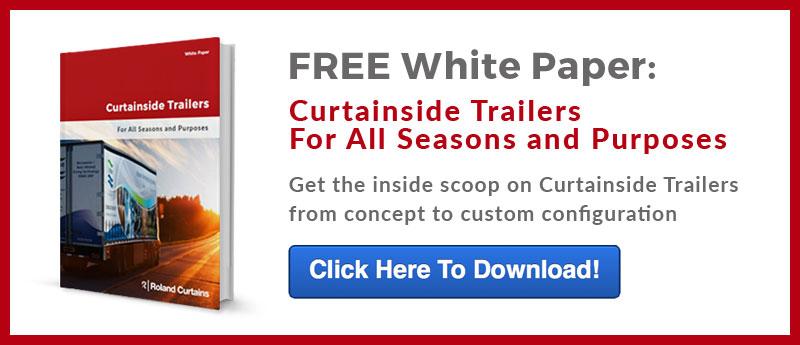
According to the American Trucking Association, our industry is now short about 35,000 drivers.
How did that happen? Consider another statistic from the ATA: In large truck fleets, driver turnover stands at about 95 percent—and that’s actually a slight decrease from other recent years. Conversely, at smaller fleets with less than $30 million annual revenue, turnover is currently around 90 percent, but trending upwards. The fact that the minimum-wage fast food business has even worse employee turnover (averaging 145% annually) should be little comfort. Now more than ever, the question of how to keep drivers happy keeps fleet managers and trucking execs awake at night.
Exit interviews conducted with drivers jumping ship to another company—or departing the industry entirely—reveal a few common trends. Paying attention to these patterns provides an opportunity to intervene proactively and retain some of these professionals. Here are four ways to keep drivers happy in the work environment and on the job:
1. Explore alternate ways to boost compensation.
Most trucking outfits are aware of compensation issues and genuinely struggle to raise driver’s pay to retain the best professionals. However, most can also point to an industry-wide trend of non-existent freight rate increases as reasons why they can’t improve per-mile compensation and remain competitive. That said though, studies show that other options exist. One is to augment per-mile compensation by offering bonuses targeted to reward certain behaviors that help increase the company bottom line, such as fuel-efficient driving, strict adherence to pre-trip and other routine inspections that result in lower maintenance costs, fewer hard braking incidents, etc. Another is a no-brainer: better benefits. Perks like matching 401K contributions, longer vacations, and first-rate health care can help keep drivers from defecting for a slightly higher per-mile rate elsewhere.
2. Stay up with new equipment.
Drivers inevitably find out when competing companies have more up-to-date tractors, trailers or technology in the cab. For example, a driver sweating over the laborious and often hazardous procedure of tarping a flatbed will notice a competitor's curtainside trailer, how rapidly the freight is side-loaded and strapped down and how quickly that driver hits the road again while he stays behind, struggling with heavy tarps. He’ll probably note the name of the carrier and perhaps peruse the company’s website to check out the online application process, too. If you can’t improve compensation immediately, keep your drivers happier by making sure they have access to the latest developments in trucking technology, not the old-school equipment of yesteryear.
3. Keep your promises about scheduling and home time.
A substantial percentage of drivers listed problems with scheduling and home time as the principle reason for seeking employment elsewhere. First, make sure that scheduling is fair and clearly expressed to drivers when they are hired. If changes become necessary, everyone should be informed as far in advance as possible. If you commit to a certain amount of home time and certain specific days, respect the driver’s expectations and plans and don’t throw in last-minute changes unless it’s utterly unavoidable.
4. Be realistic when hiring.
With the competition for drivers more intense than ever, HR personnel and professional recruiters are often tempted to depict certain details, such as challenges of the freight or route, in glowing, unrealistic terms just to get another body in the driver’s seat. If the load turns out to be unexpectedly demanding or the driver finds himself frequently snarled in urban gridlock—instead of the uncongested rural route he envisioned during the interview—the disillusioned new hire often bails out ASAP. Be straightforward about the realities of the job and candidly discuss all possible downsides along with the positives. Setting the right expectations is huge for the success of any relationship.



